DMARC: What is it and How does it Work?
Email authentication is foundational in maintaining trust and security in digital communications. It serves as a crucial line of defense against phishing, email spoofing, and other cyber threats that exploit the trust users place in email communications.
Email fraud and phishing pose significant challenges in the way of business email communications. Cybercriminals utilize sophisticated techniques to craft deceptive emails that appear genuine, luring recipients into revealing sensitive information, such as login credentials, financial data, or personal details. This highlights the need for email authentication techniques like DMARC.
What is DMARC in Email?
DMARC is an email authentication protocol that allows email domain owners to specify which mechanisms they use to authenticate their email messages and how mail servers receiving messages from their domain should handle authentication failures.
DMARC is intended to help combat email fraud and phishing attacks by allowing email recipients to determine whether or not an email message claiming to come from a specific domain is actually from that domain. It functions by allowing domain owners to publish policies that instruct receiving email servers on how to handle messages that fail authentication checks.



Sedona Technologies®
600 35th Avenue
Moline, IL 61265
1.877.854.3548
Sedona Technologies Services
Dealer Solutions
All Rights Reserved | Sedona Technologies®
Quality Assurance | Privacy & Security | Terms of Use | California Consumer Privacy Act (CCPA) Applicant Notice
Sedona Technologies is a member of The Sedona Group® of Companies



